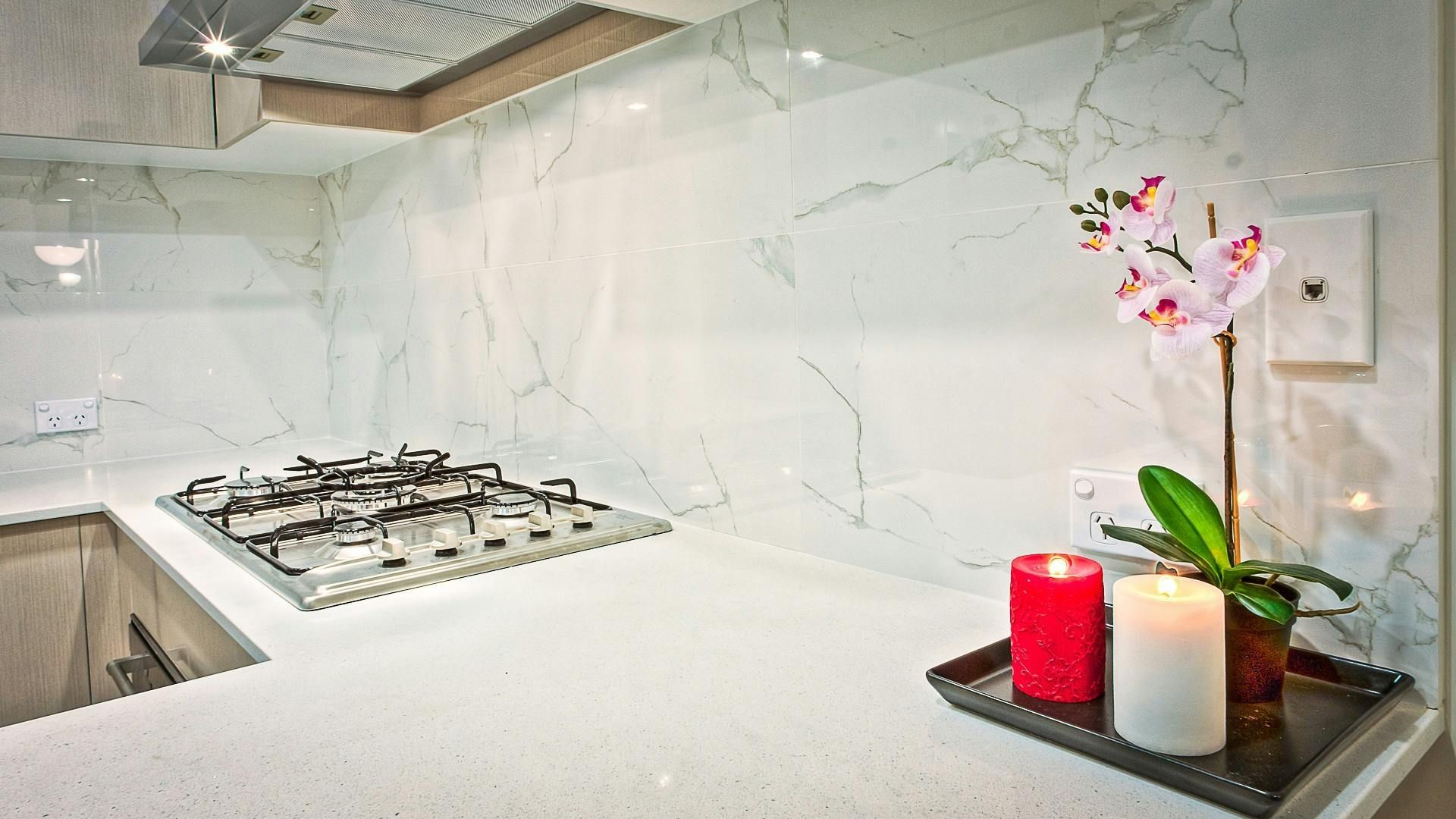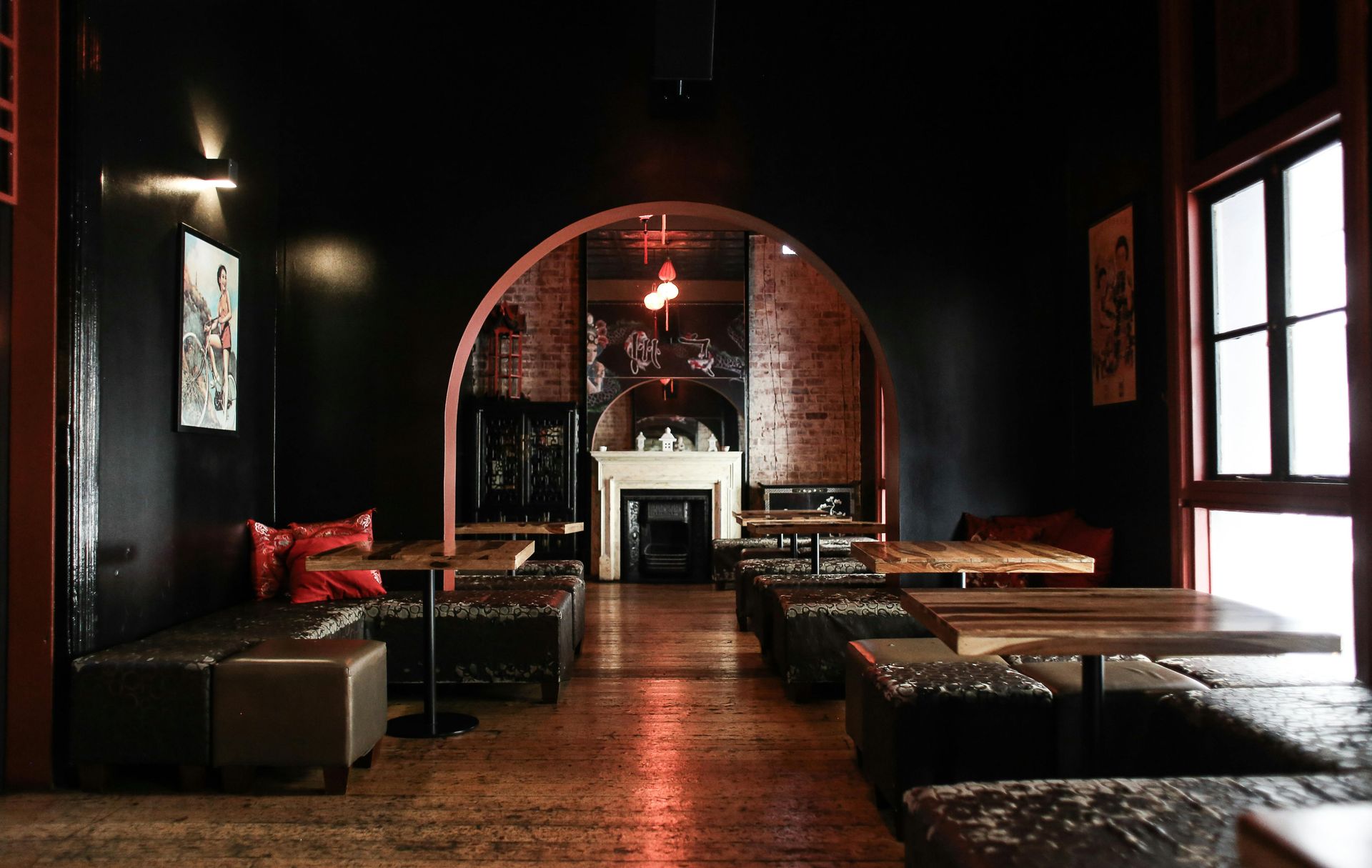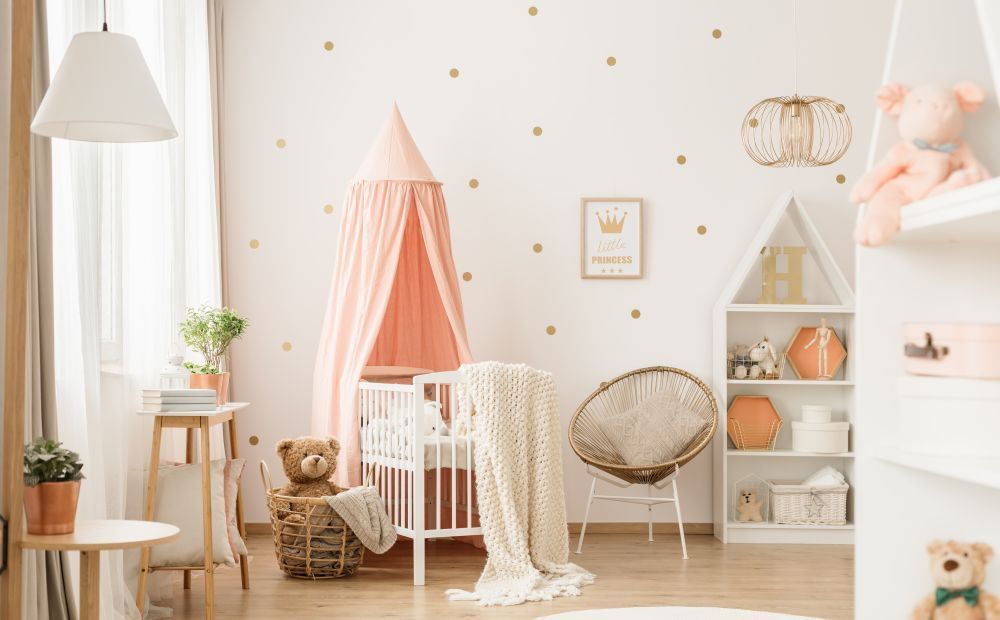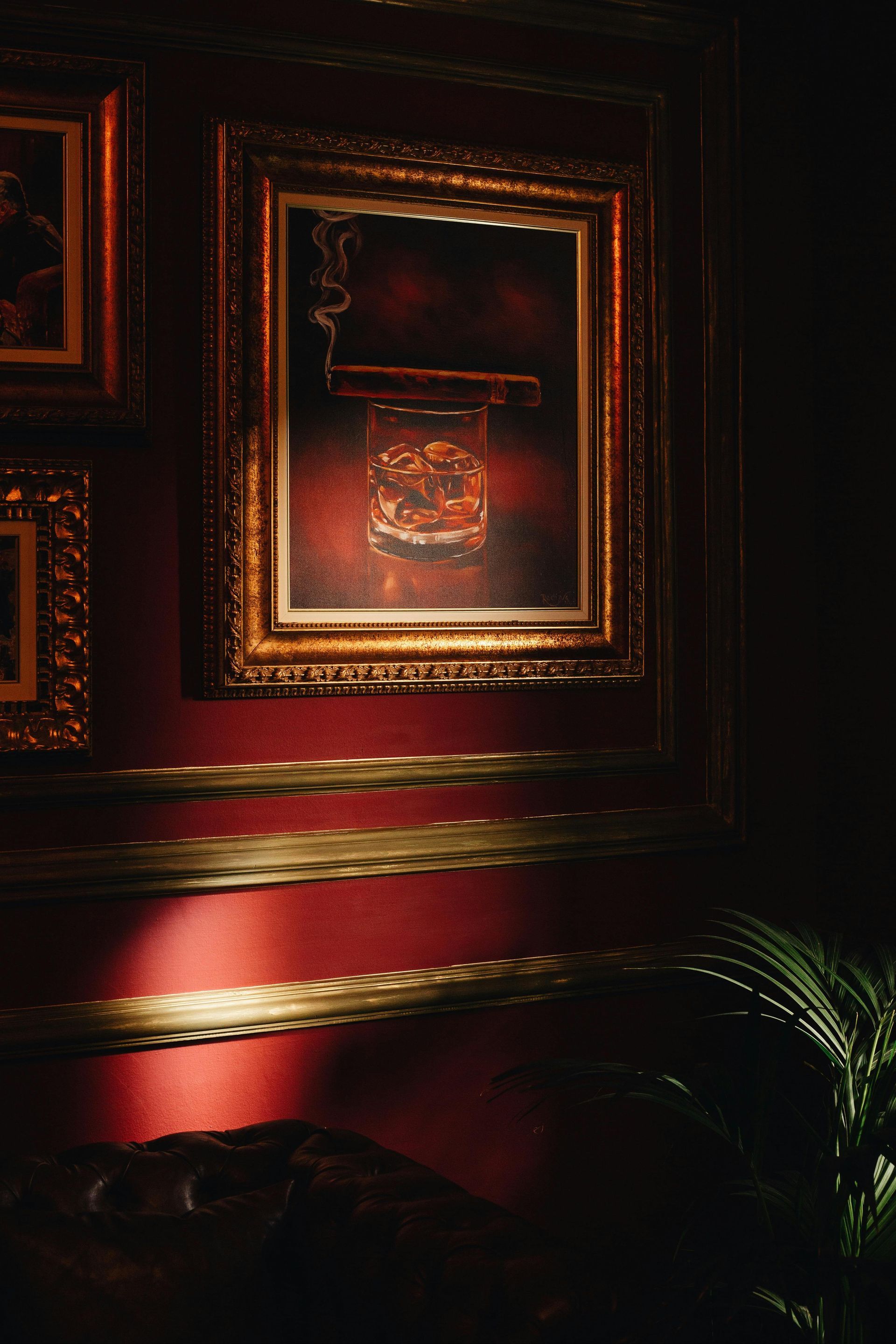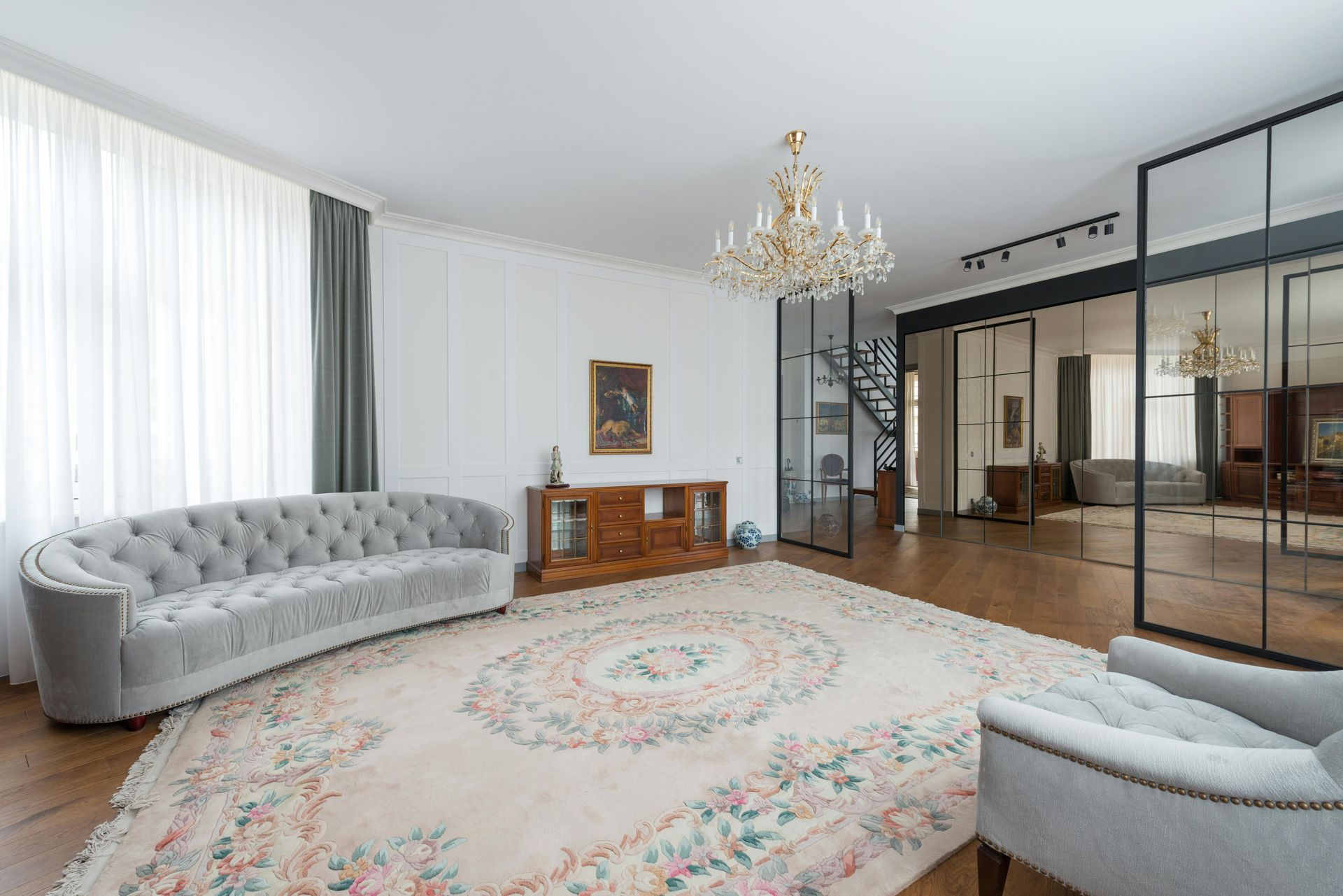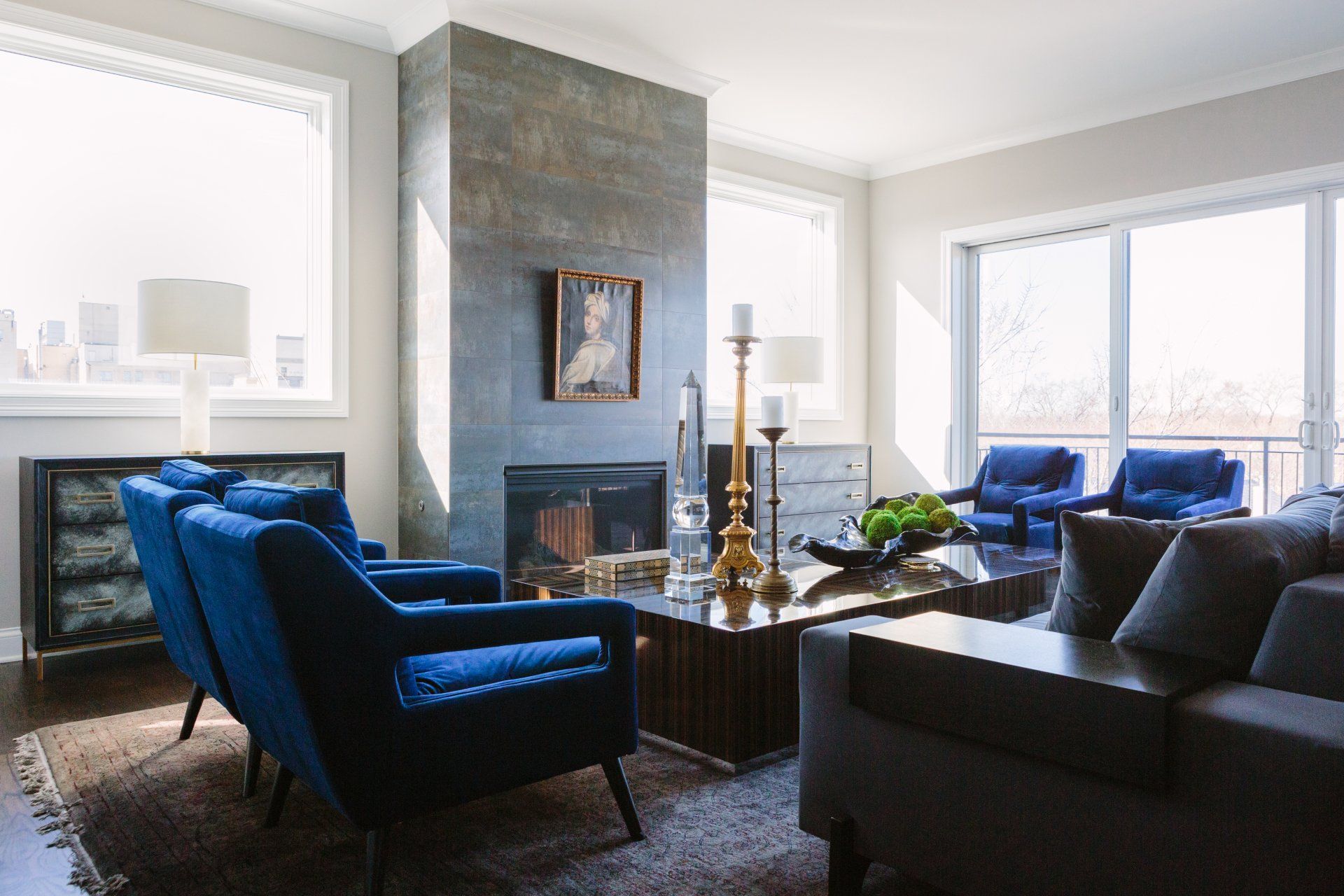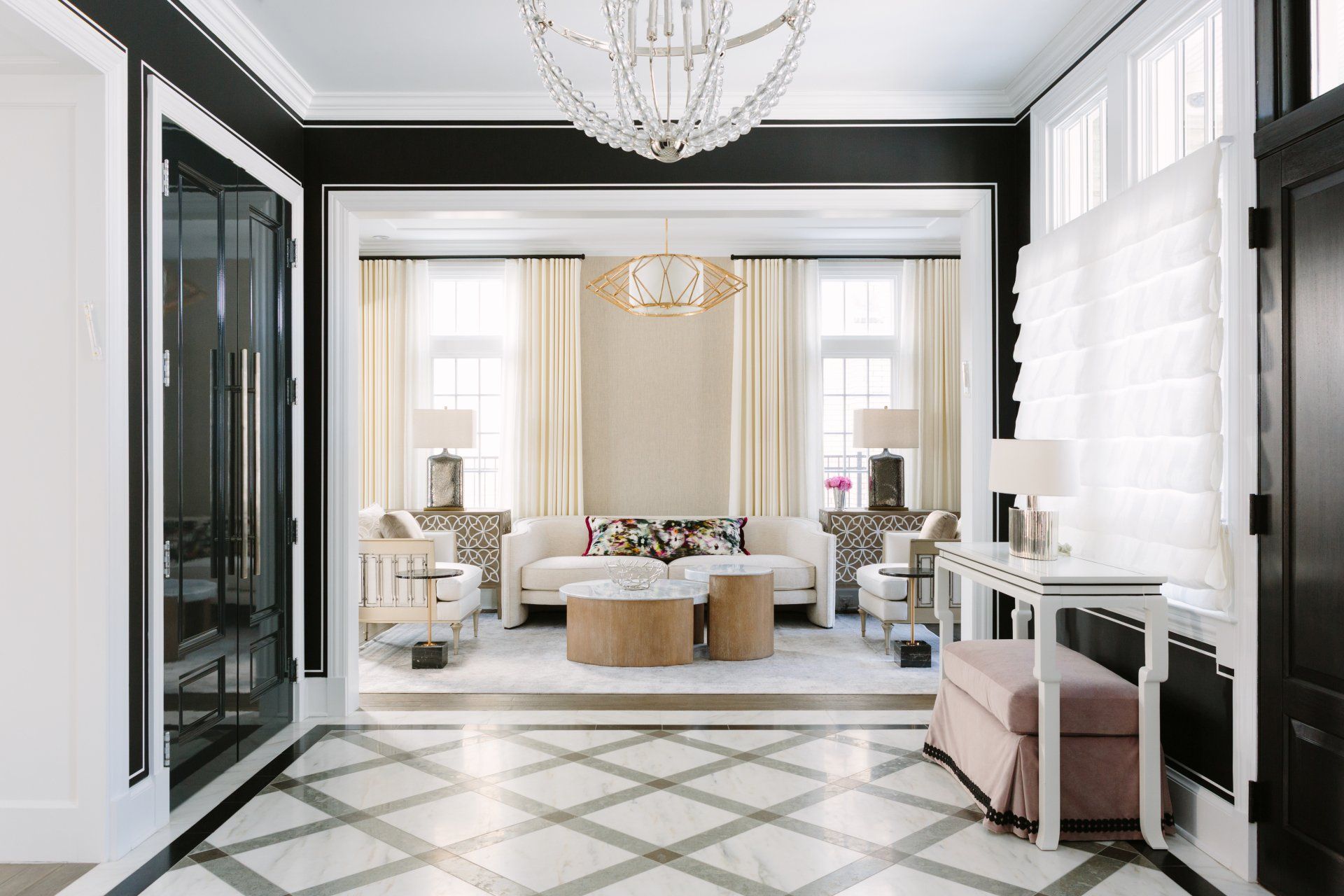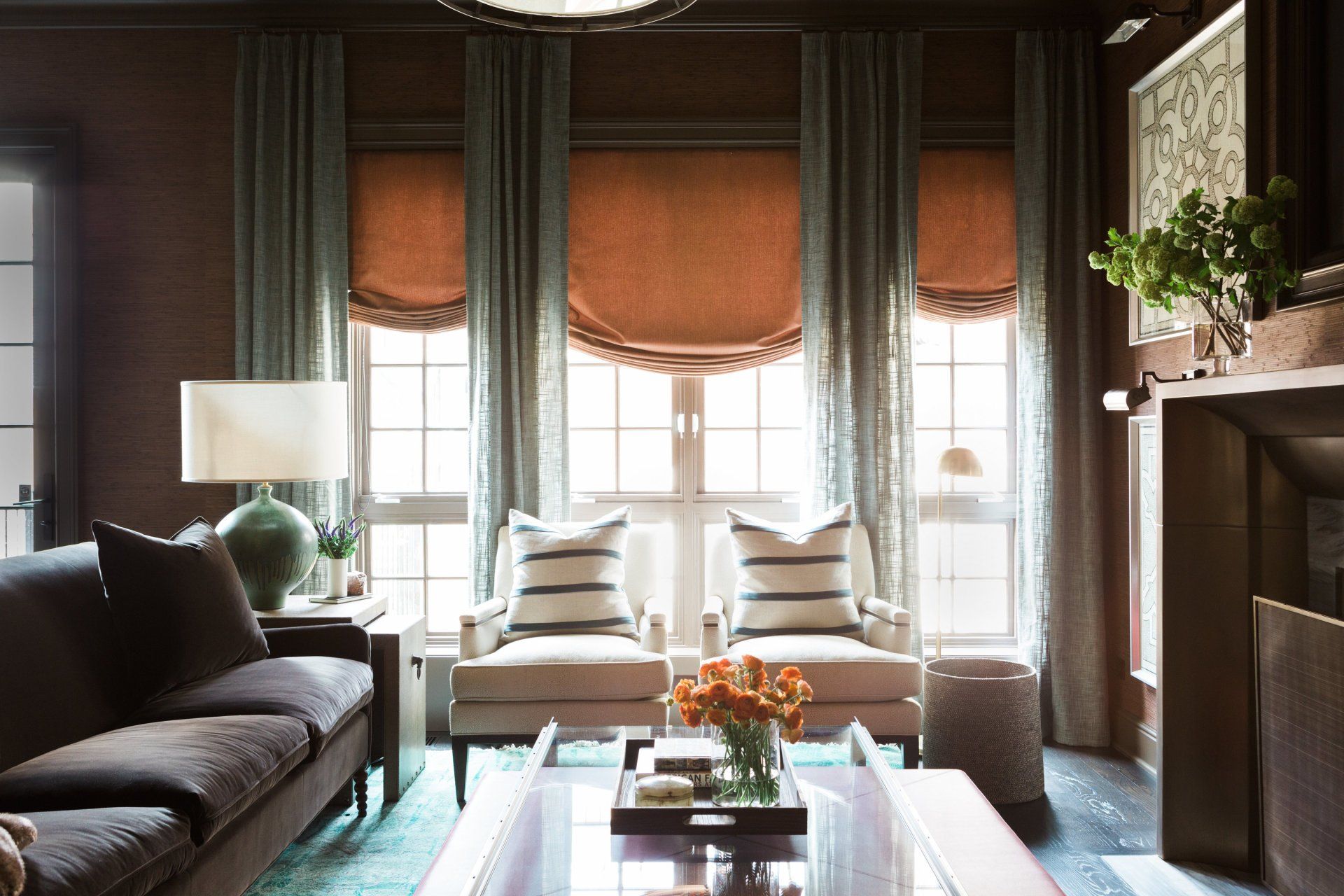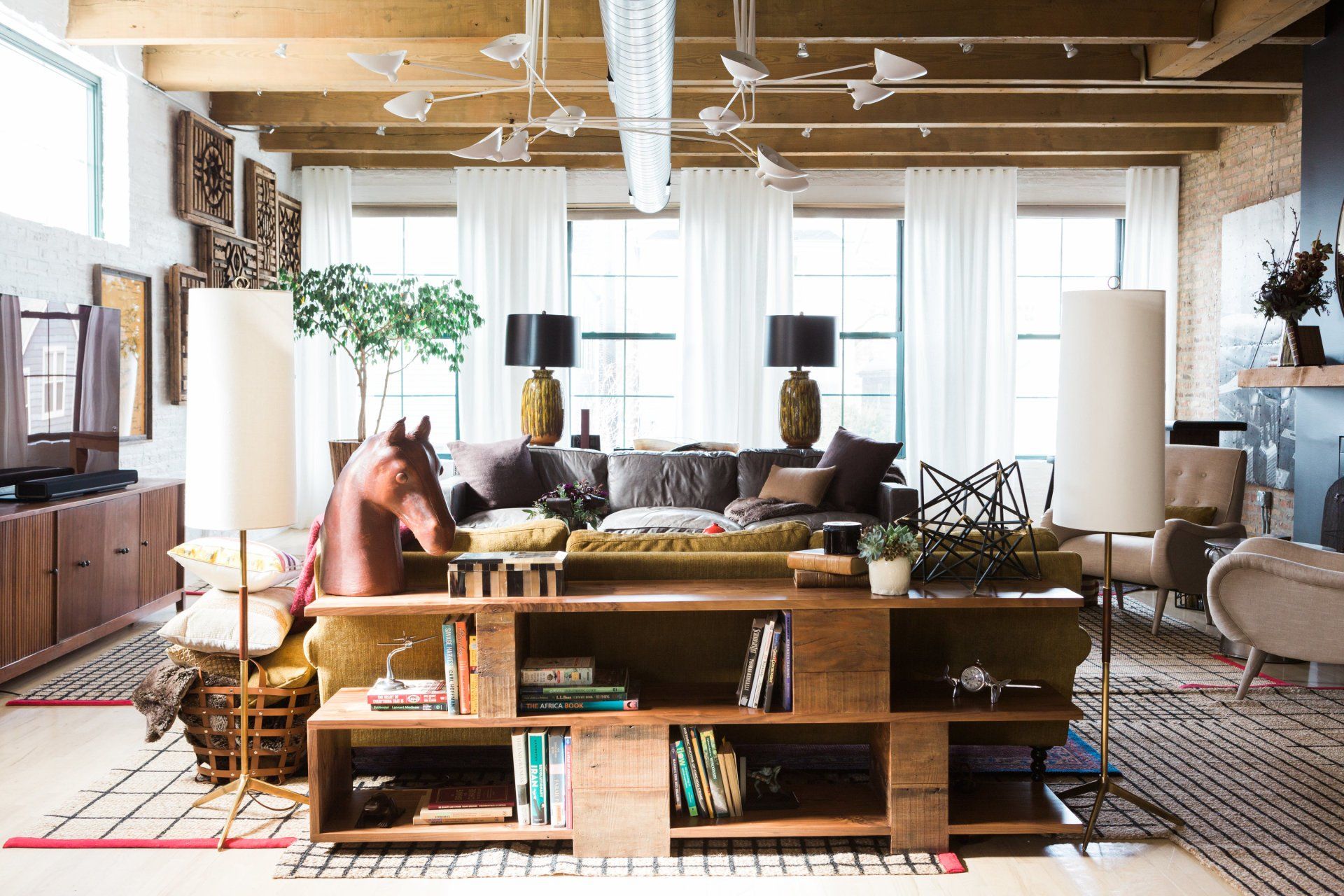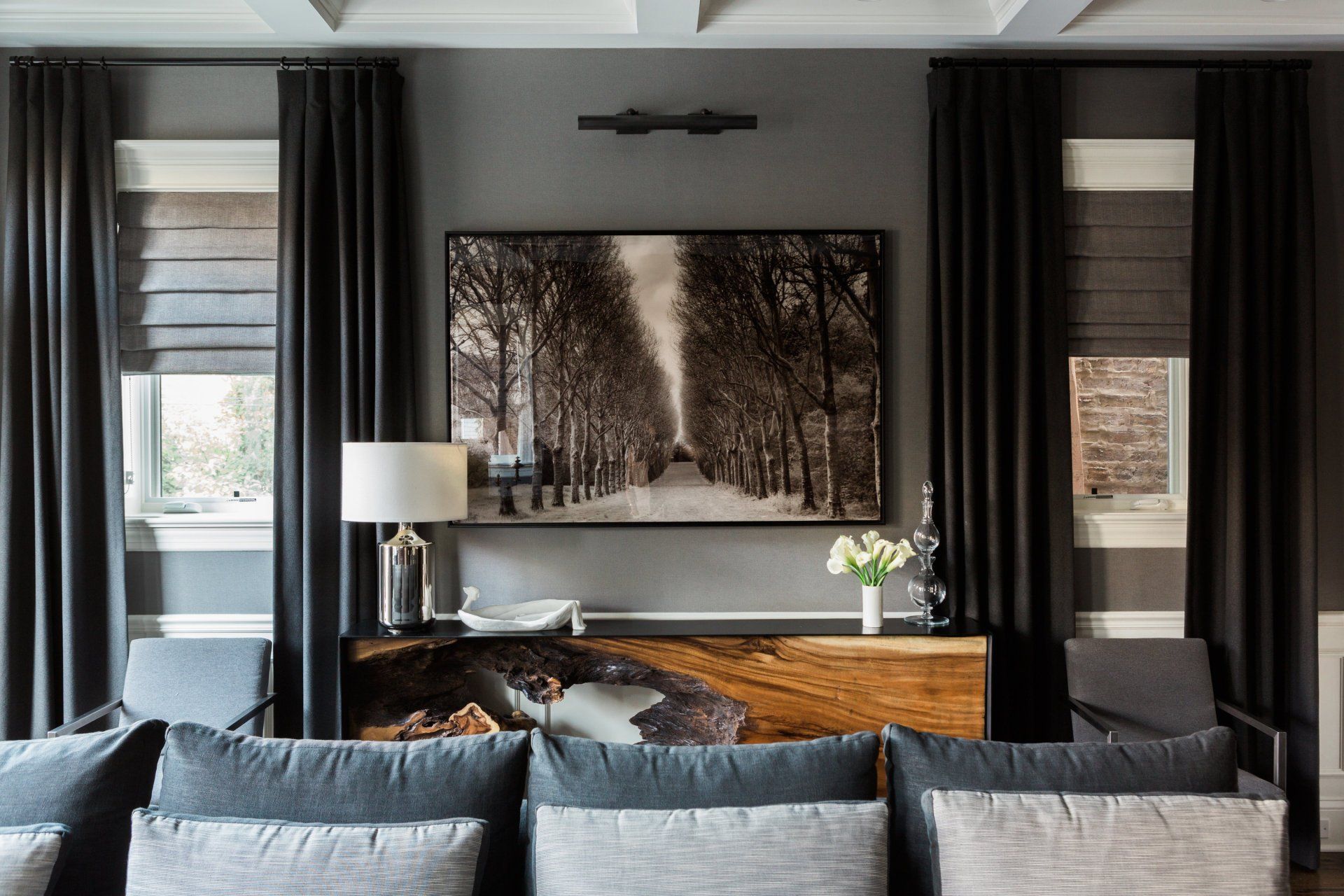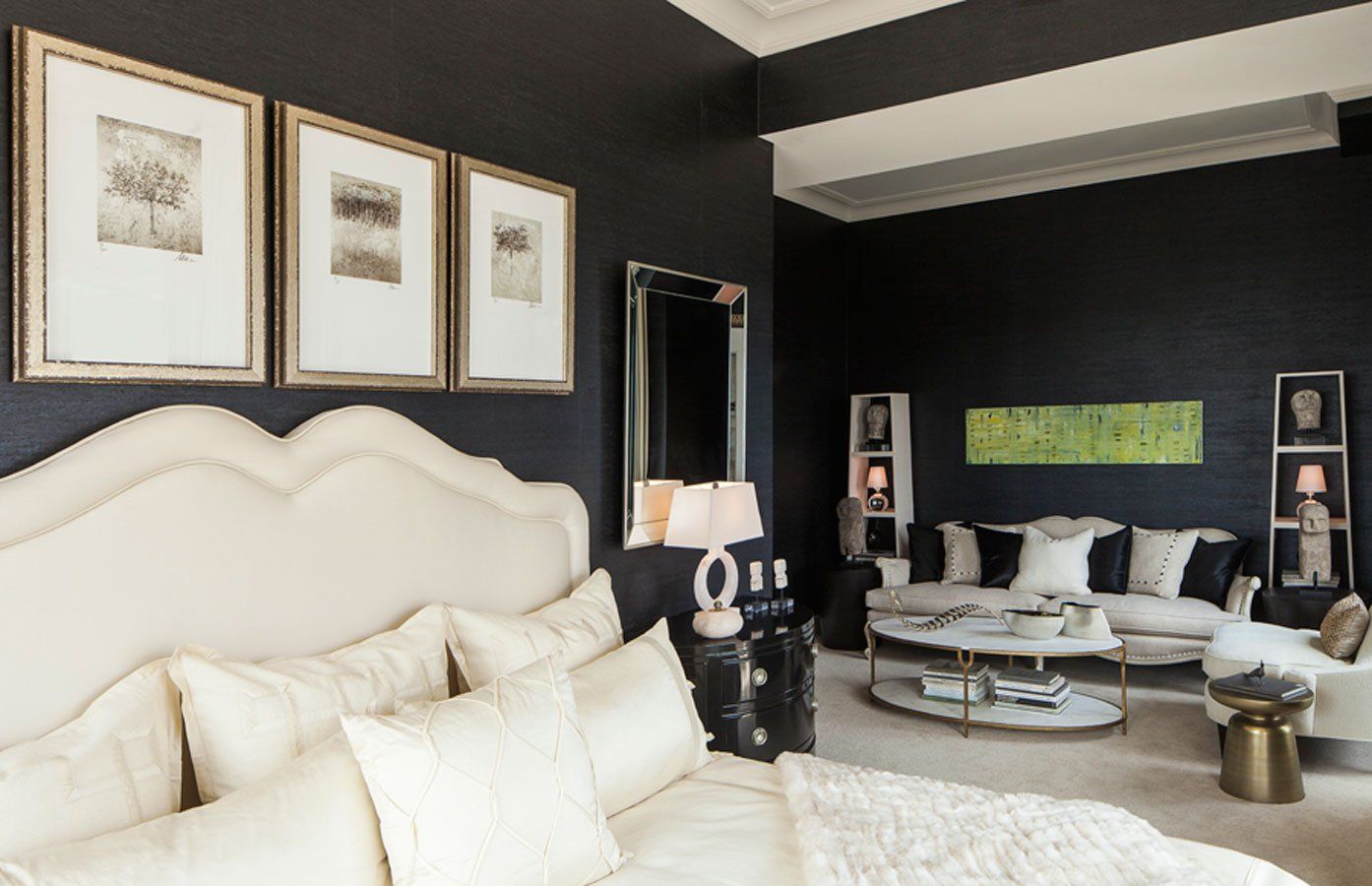4 Effortless Ways to Add Personality to a White Box Living Room
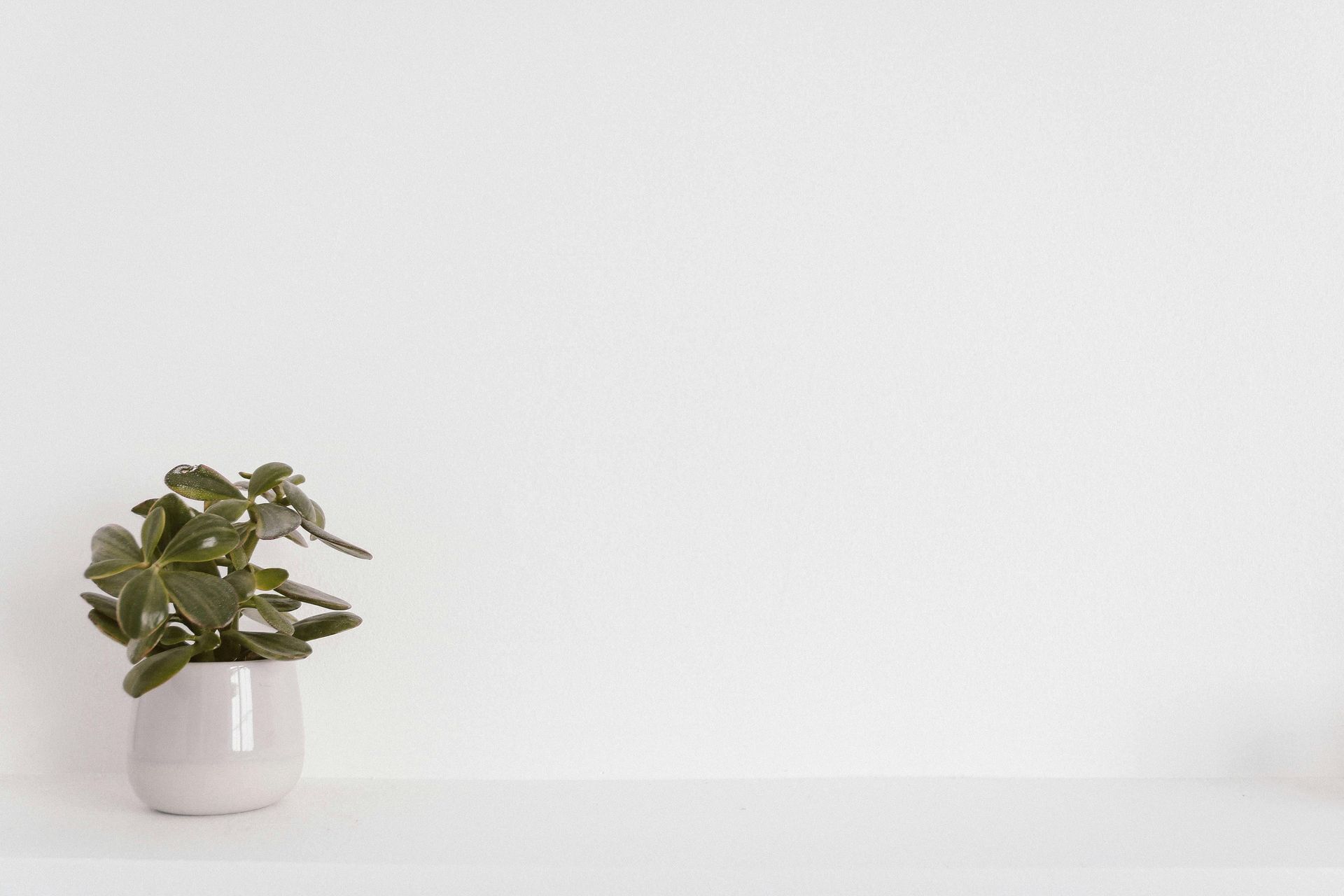
A white box living room is more than a boring white area — it’s a blank canvas, an opportunity to express yourself at a cost that suits your budget. A few creative touches can make your living room feel more alive and personal.
You can turn your white box living space into a cozy, character-filled space that reflects you without knocking down walls or splurging on designer furniture. Here’s how to effortlessly add personality.
1. Add Color with Paint or Wallpaper
While white and neutral interiors can feel clean and airy, they can also feel cold, unfurnished and blank. A change in color through paint or wallpaper can instantly transform your white box living room. Adding colors can make a room feel bigger or smaller, brighter or duller, and evoke emotions.
Some studies reveal that
color psychology influences how one feels and behaves. Colors like red are associated with warmth, while shades of blue are cool and evoke calm. Your choice of color is dependent on what resonates with you. You can also choose an accent wall and paint or add colorful wallpaper to it to create a focal point.
2. Choose Statement Furniture
Statement furniture is visually striking and deeply personal because it reflects your personality and stands out, showcasing who you are. Choose one or two visual standout pieces. Look for cost-effective, functional pieces that provide comfort while resonating with your style.
Your statement furniture is the anchor piece that sets the mood in the room. If your persona is bold and outgoing, choose vibrant-colored sofas or a sculptural armchair that serves as a conversation starter. If you’re more reserved, select furniture that represents order, like a table with sleek lines or low-slung sofas that create a grounded and stable feeling.
3. Layer with Textiles
Textiles are key to transforming a white space because they bring softness, depth and warmth. However, when choosing fabrics, consider their environmental impact. Some textiles made from plant or animal fiber are biodegradable, while others are manufactured and may not degrade.
Look for embroidery on colorful throw pillows, cozy blankets and area rugs to create a layered look that adds depth to the room. Through color, pattern, texture and depth, you can use fabrics to create a stylish, functional and comfortable home that shows off your personality.
4. Experiment with Fun Trends
Your living room should reflect you, but exploring popular trends can inspire you with new ideas and spark your creativity.
- Dopamine decor: This trend involves bright colors, funky patterns and other maximalist design choices. It’s meant to trigger your brain’s dopamine neurotransmitter, making you feel good about yourself and your house.
- Wooden flooring: Sustainable home design is becoming increasingly popular, and the key to long-lasting elegance is choosing materials that won’t need frequent replacement. Compared to solid wood flooring, engineered hardwood is more durable and moisture-resistant, giving you the effortless look of hardwood in a more sustainable form.
- Greenery: Choose affordable indoor plants and place them in natural light to improve air quality, boost your overall well-being and reduce stress. Plants also offer therapeutic benefits by giving you a sense of purpose, which reduces isolation and depression.
- Reworked items: If you have unused items like old buttons, clothes or empty jars, you can rework them to give them a second life. Sew mismatched buttons on a throw pillow or plant your greenery in empty jars.
Turn Your White Box Living Room into a Personalized Retreat
Your home should be your safe place and reflect your personality and style. Look at your white box living room as an opportunity to showcase who you are while saving the environment, keeping up with the latest trends and not spending a fortune. Small, thoughtful changes can turn your space into something expressive, inviting and truly yours. You can make changes that are budget-friendly and transform your living experience.
